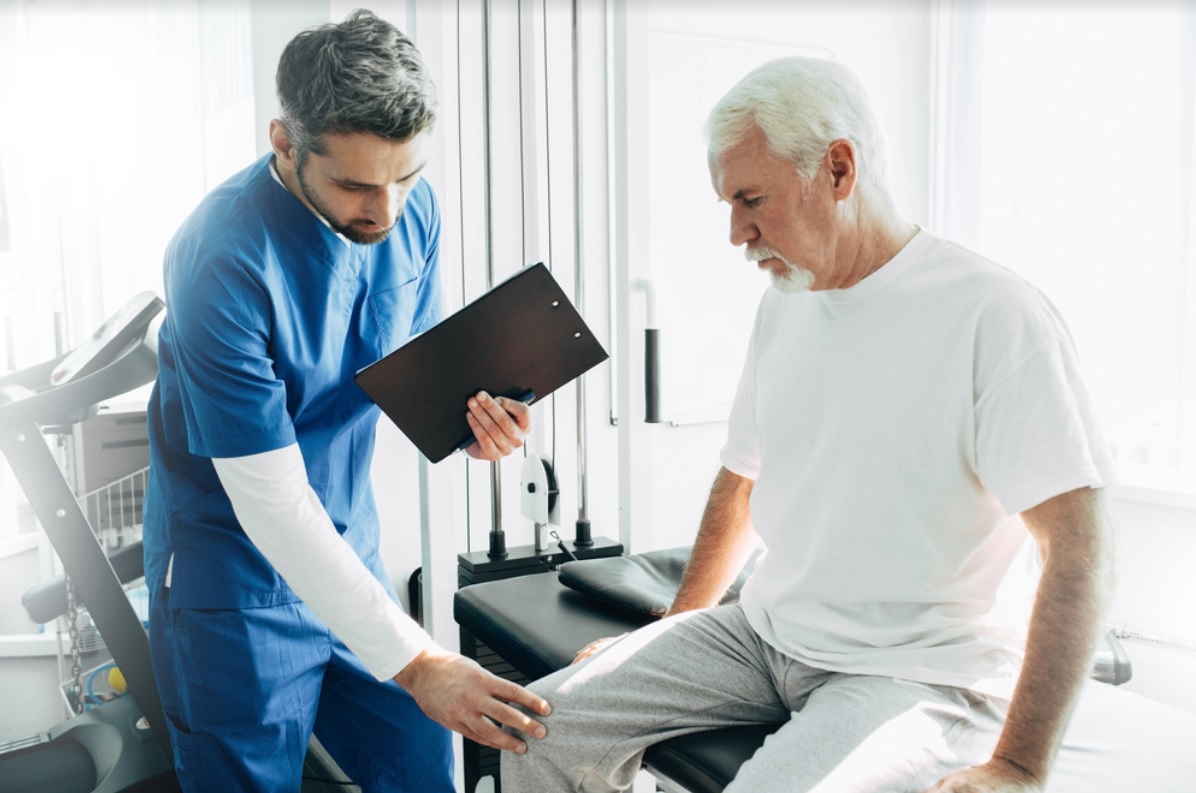Pain is an unpleasant physical sensation that can interfere with your daily life and well-being. Everybody experiences pain in different ways, and when it comes to remedies, what works for one may not work for another. This can be particularly challenging for people with chronic diseases. Here are some practical ways to reduce and manage different types of pain.
Apply heat or cold:
Applying heat (like a heating pad) or cold (like an ice pack) to the painful area can help ease discomfort. Heat can help relax tense muscles and increase blood circulation, while cold can help numb the pain and reduce swelling. Most pharmacies have heat/cold gel packs that can be frozen or microwaved. Be careful not to apply heat or cold for too long or too directly on your skin, which can cause burns or frostbite.
Physical therapy:
Professional physical therapists and trainers are trained to understand the different kinds of pain and what combination of muscle movements will provide maximum relief. While some exercises require special equipment and assistance from your therapist, there are many variations you can complete at home too. A typical physical therapy plan has a good mixture of both individual and assisted exercises spread over a few weeks or months.
Use medication wisely:
Most people experiencing pain benefit from using over-the-counter medications or painkillers. However, you should follow the instructions and dosage carefully and consult your doctor before taking any medication. Certain painkillers can have side effects or interactions with other drugs. Topical pain relief creams like CBD relief cream might have fewer side effects and be better substitutes.
Get enough sleep:
The body heals and recovers while you sleep. Lack of sleep can worsen your pain and affect your mood and concentration. Try to get at least seven to eight hours of quality sleep per night, but avoid sleeping too much or too little. To improve your sleep, follow a regular bedtime routine, avoid caffeine, alcohol, nicotine, and heavy meals before bed, keep your bedroom dark, quiet, and comfortable, and avoid using electronic devices at least an hour before bed.
Exercise regularly:
A few minutes of moderate activity releases natural pain-relieving chemicals called endorphins. Regular moderate exercise can strengthen your muscles and joints and increase flexibility and movement. Start with gentle exercises and slowly build up the stamina. Swimming and yoga are good for joint pains, but remember to work with a professional.
Physical aids:
Using assistive devices like canes, braces, or compression garments can take pressure off painful areas. These may be especially useful for those people who experience joint or muscular pain because of injury or strain. Physical aids are easily available at different pharmacies and even sports stores.
Diet changes:
A balanced diet with plenty of fruits and vegetables may help manage pain. Avoiding trigger foods that worsen your condition can also help. Certain foods have antioxidant properties, which may help to bring down the overall inflammation in the body and relieve pain. Gut health is linked to body health, so investing in probiotics or prebiotics and a good healthy diet is important.

Alternative therapies:
Things like acupuncture and chiropractic care may provide pain relief for some people. Acupuncture is based on the theory that certain parts of the body are intrinsically linked to other parts of the body, and relief at this point can have whole-body effects. A chiropractor helps manage pain by adjusting the spine to maintain good alignment. A trained acupuncture or chiropractic specialist can help manage pain by targeting the affected body parts.
Rest and relax when in pain:
Resting can help divert the body’s energy toward healing. Breathe deeply and slowly. Practices like meditation and guided imagery can help you feel more at ease and distract you from pain sensations. Chronic stress can cause muscle cramps and stiffening, which may benefit from muscle relaxation.
Get a massage:
Professional massages, and even ones by a close trusted person, can feel relaxing and relieve muscle tension and pain. You can consider using a body massage oil with pain-relieving ingredients and a relaxing aroma. For chronic stress and muscle knots, consider investing in a massage machine or gun to target the trigger points. Muscle charts are available online, marking different trigger points for muscular pain and how to break them.
Emotional Support:
While this is not a quick pain relief tip, emotional support from friends and family can help manage long-term pain. Connecting with others experiencing similar pain through support groups can help you cope better. You may also consider talking with a therapist specializing in pain and chronic conditions to help you find techniques to cope with pain.
Avoiding triggers:
Identifying and avoiding things that make your pain worse can help keep your discomfort under control. Your healthcare provider may give you a list of activities to avoid. People with back pain benefit from avoiding activities that put pressure on the back, like lifting heavy weights.
Seek professional help:
If your pain is severe, persistent, or interfering with your daily functioning, you should not hesitate to seek professional help. Your doctor can diagnose the cause of your pain and prescribe the best treatment for you. You may also benefit from seeing a specialist, such as a physiotherapist, a psychologist, a chiropractor, or a pain management clinic. They can offer you more specific advice and support for your condition and help you cope with pain’s physical and emotional aspects.
Conclusion
Pain can be challenging to deal with, but it does not have to control your life. Following these tips and finding what works best for you can reduce your pain and improve your quality of life. It is important to approach all these techniques with an open mind. Consider discussing it with your healthcare provider before trying any therapy to see if it fits you.
